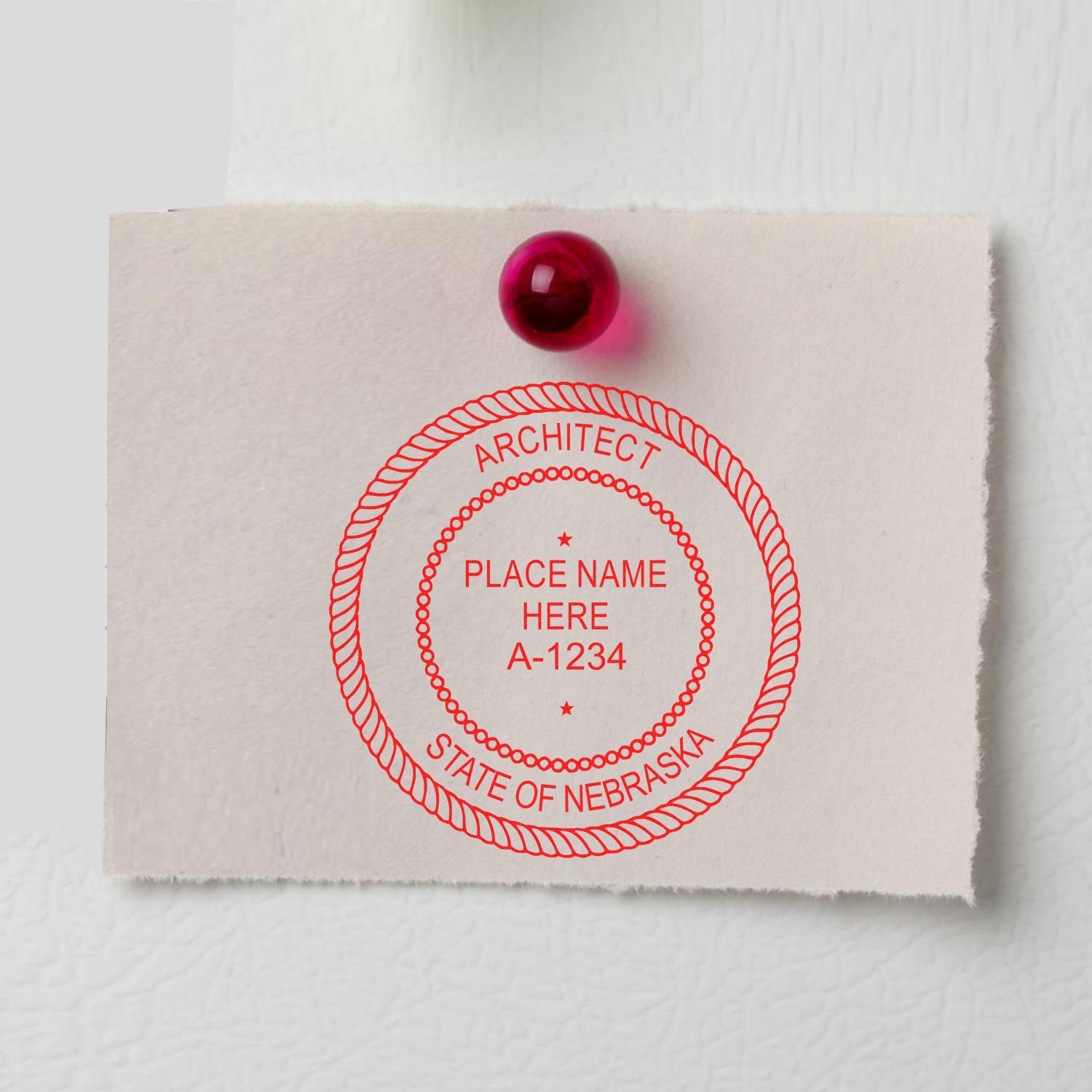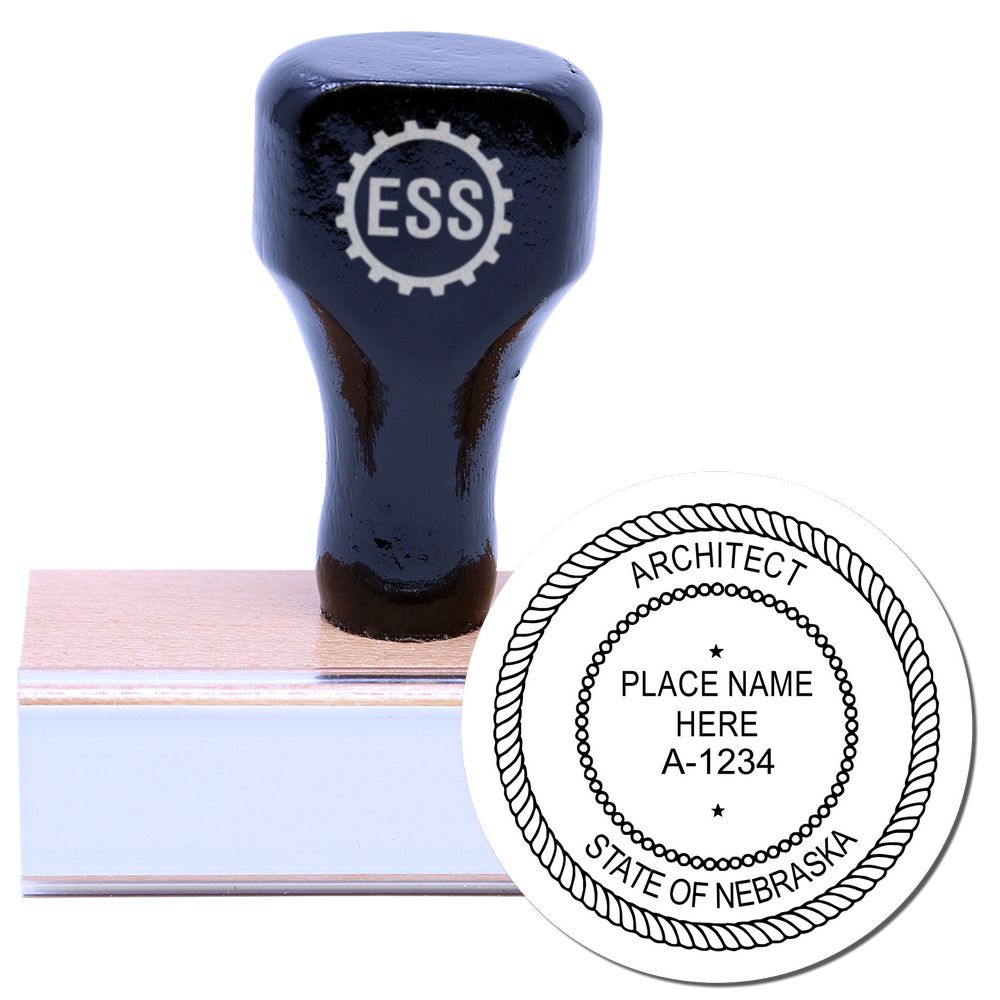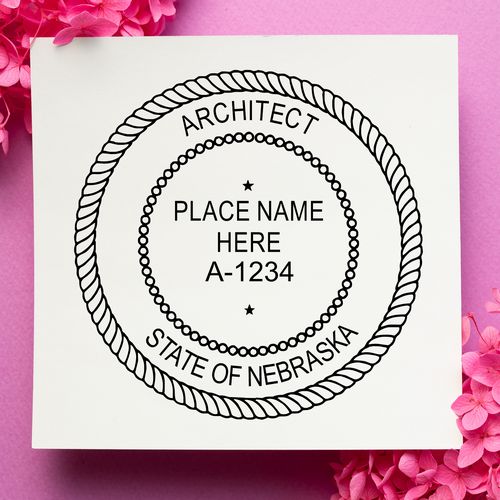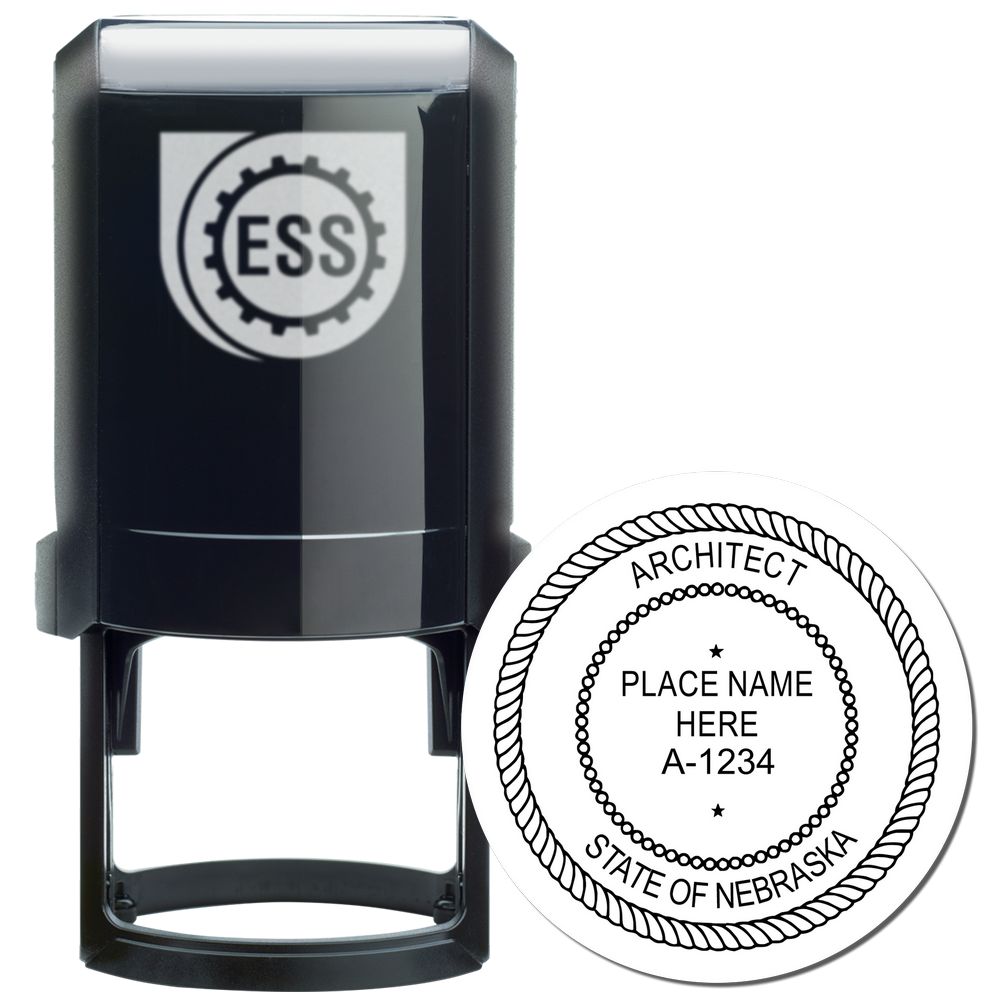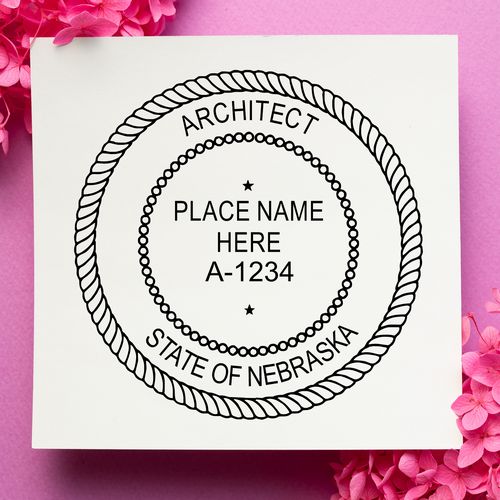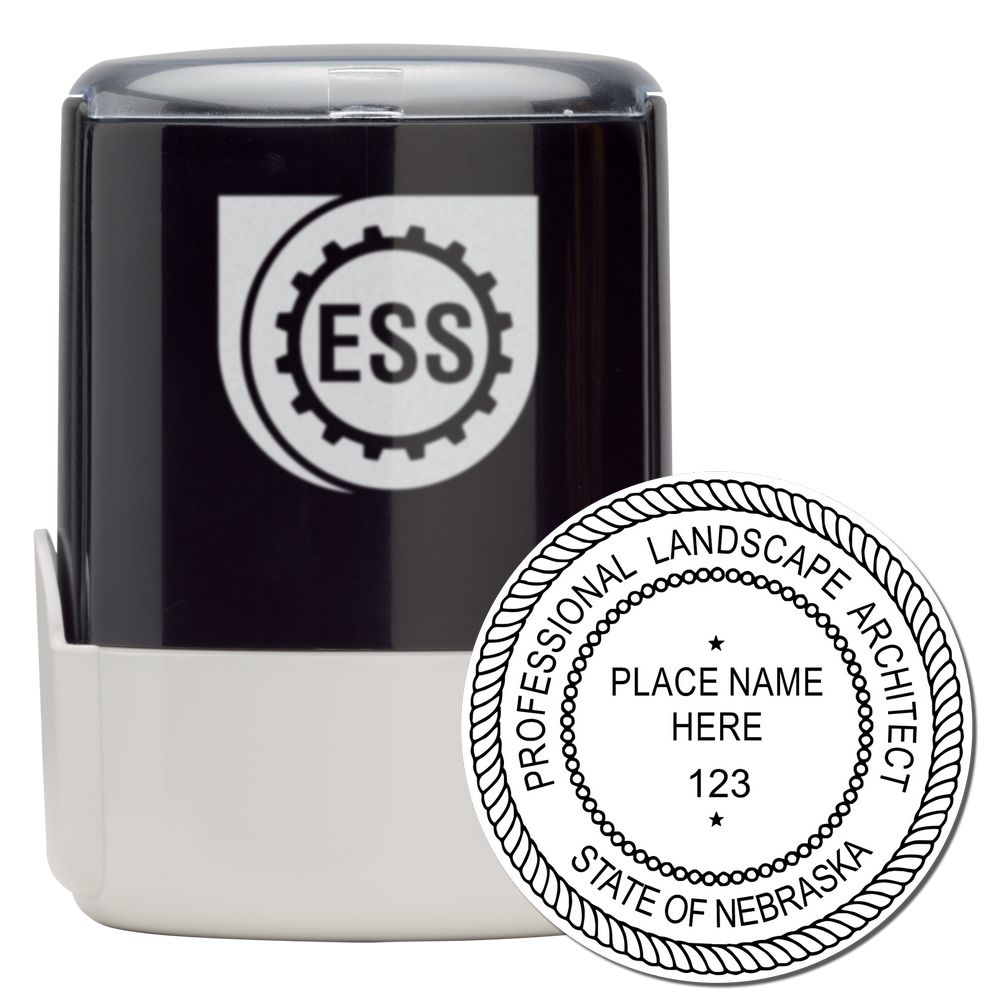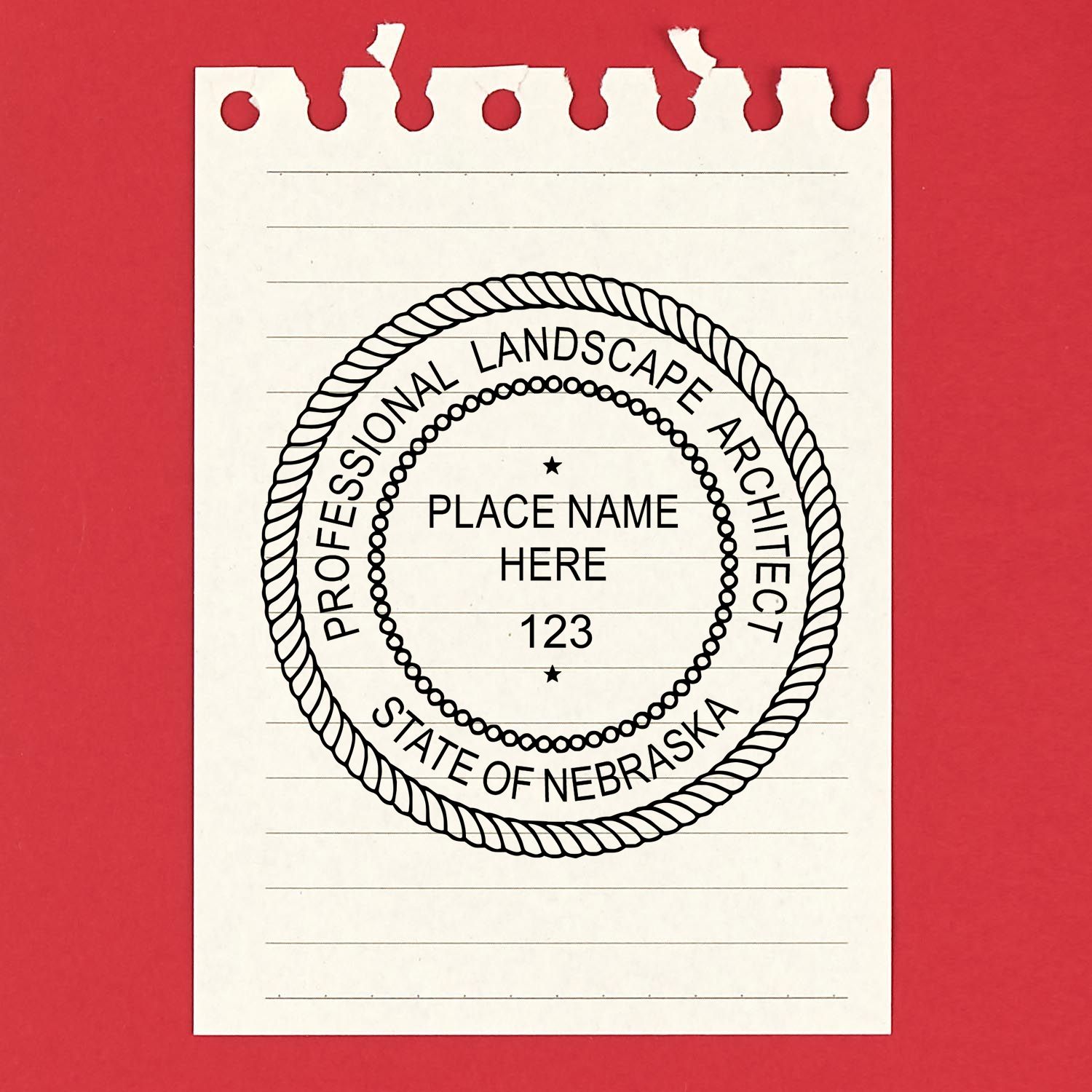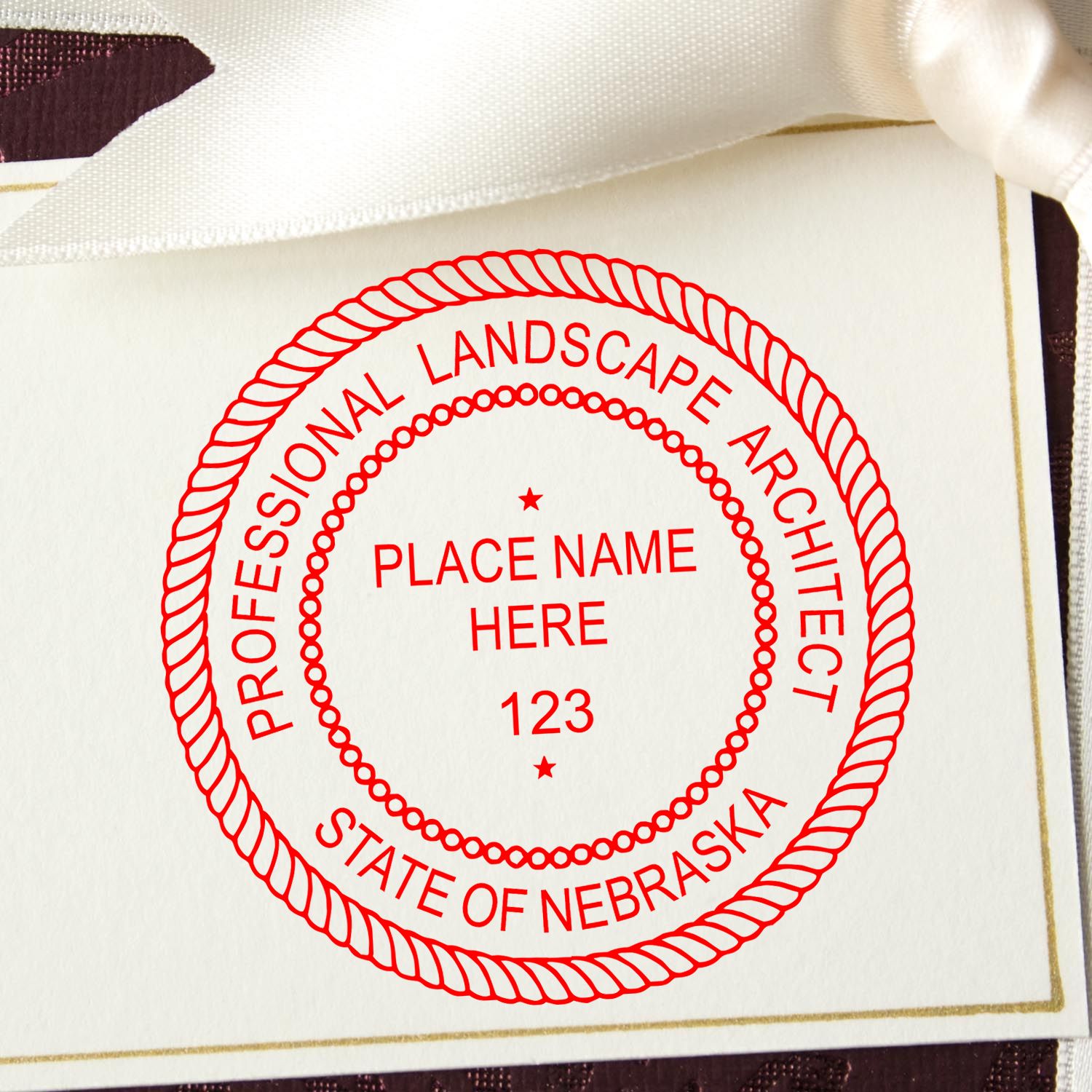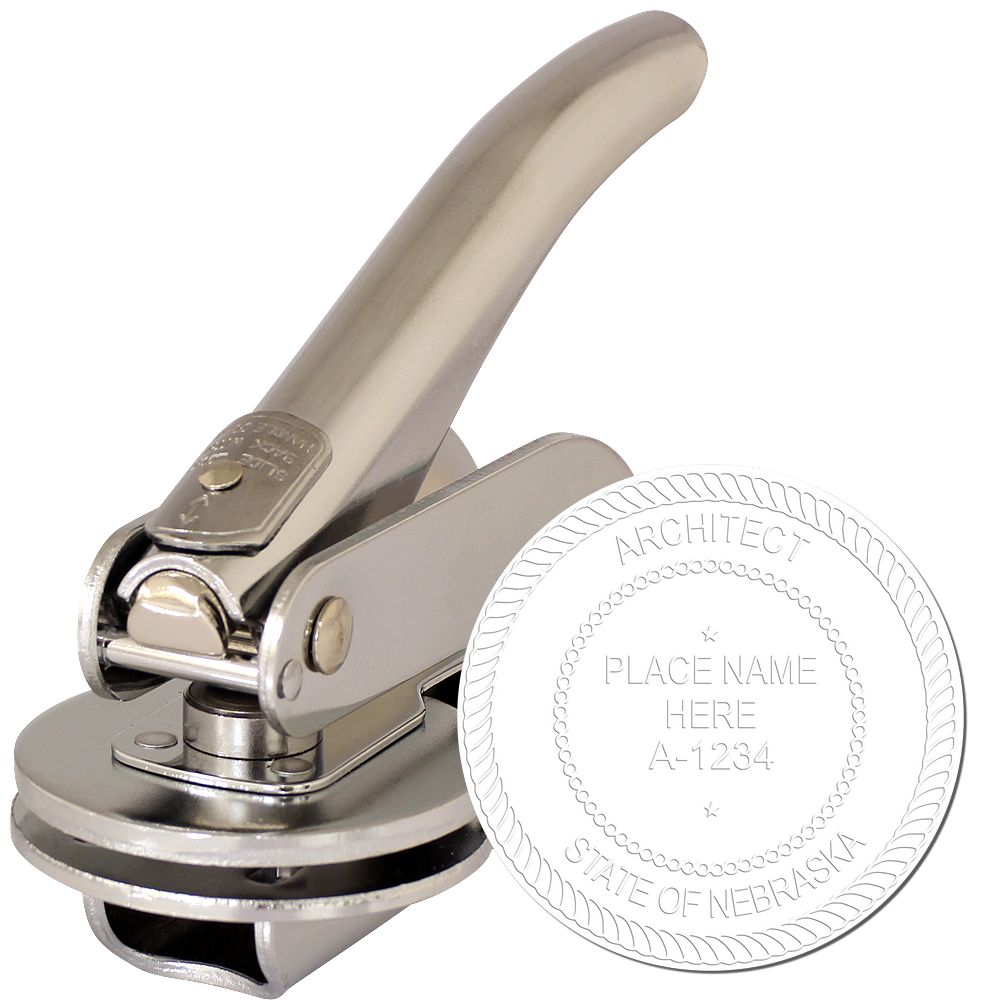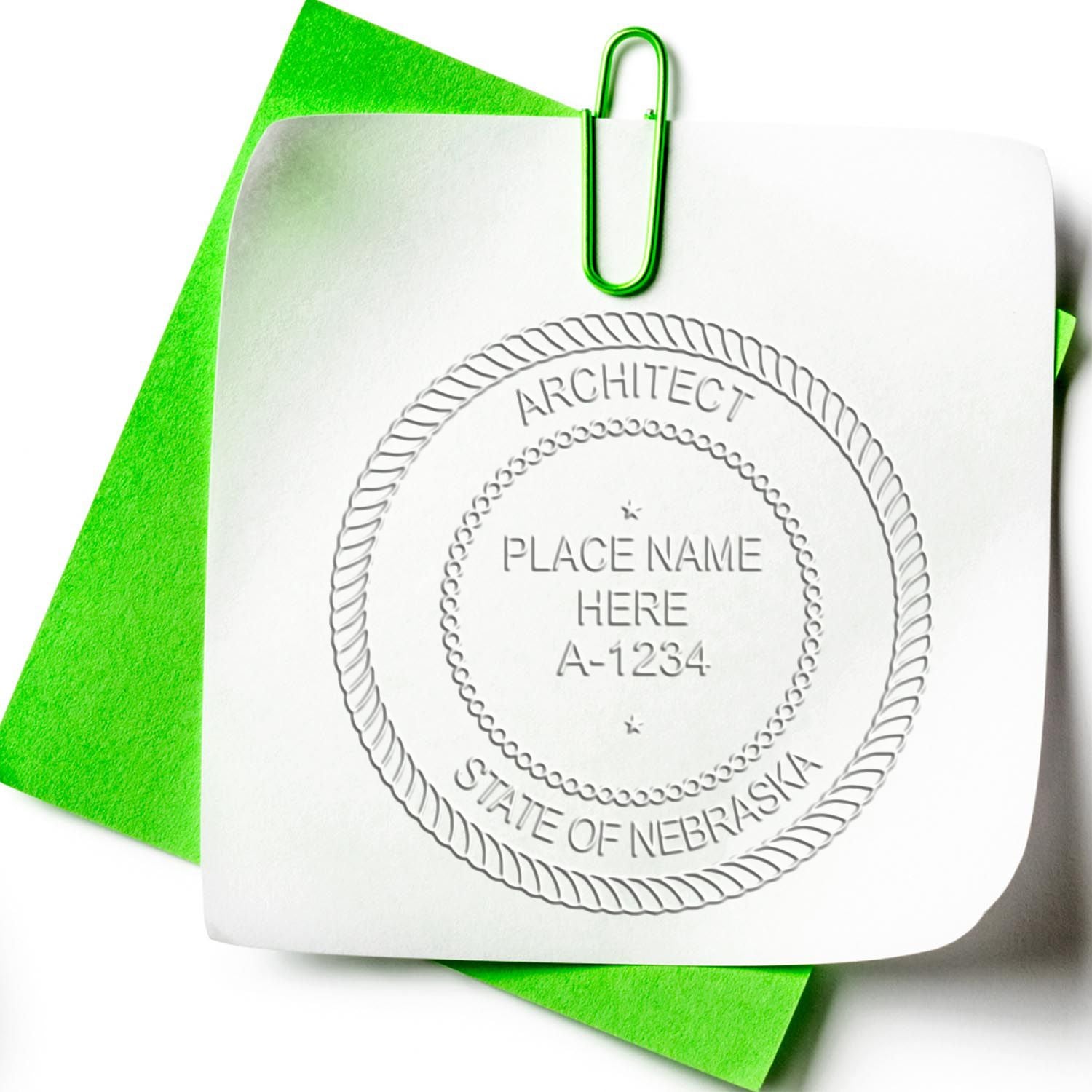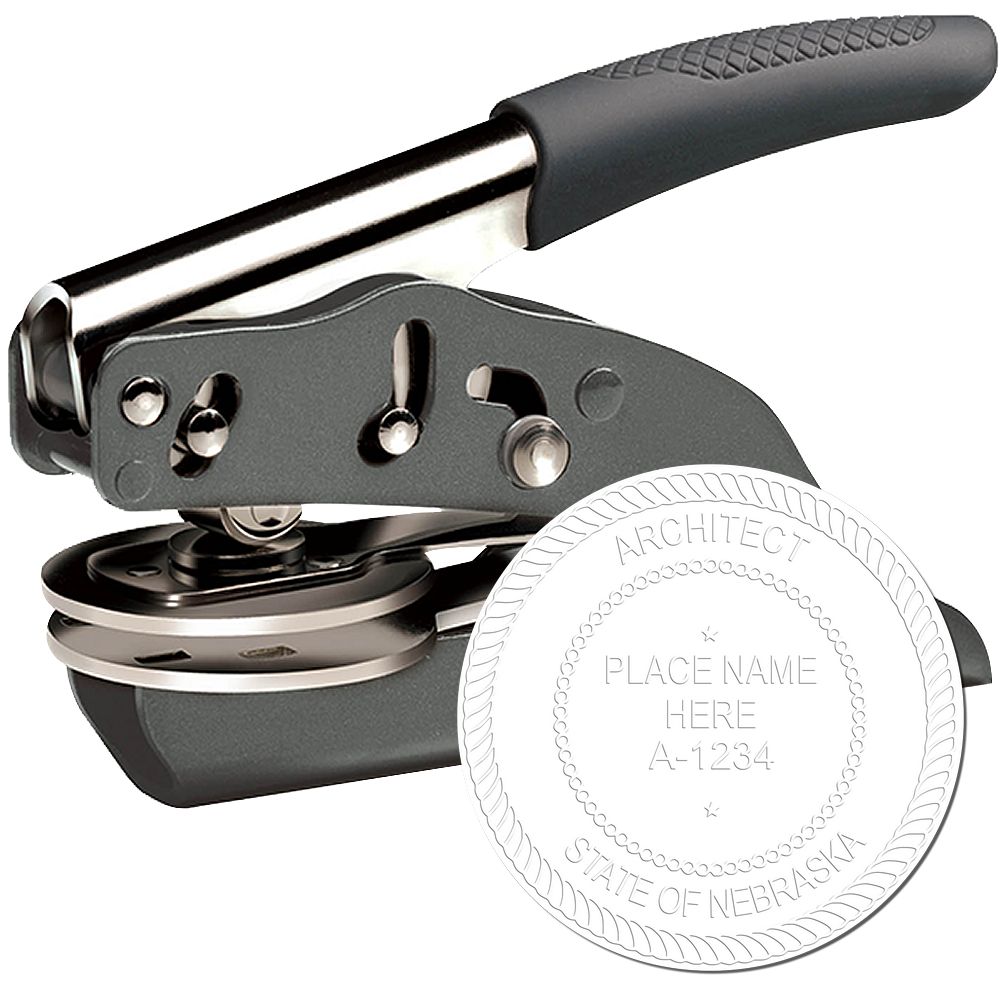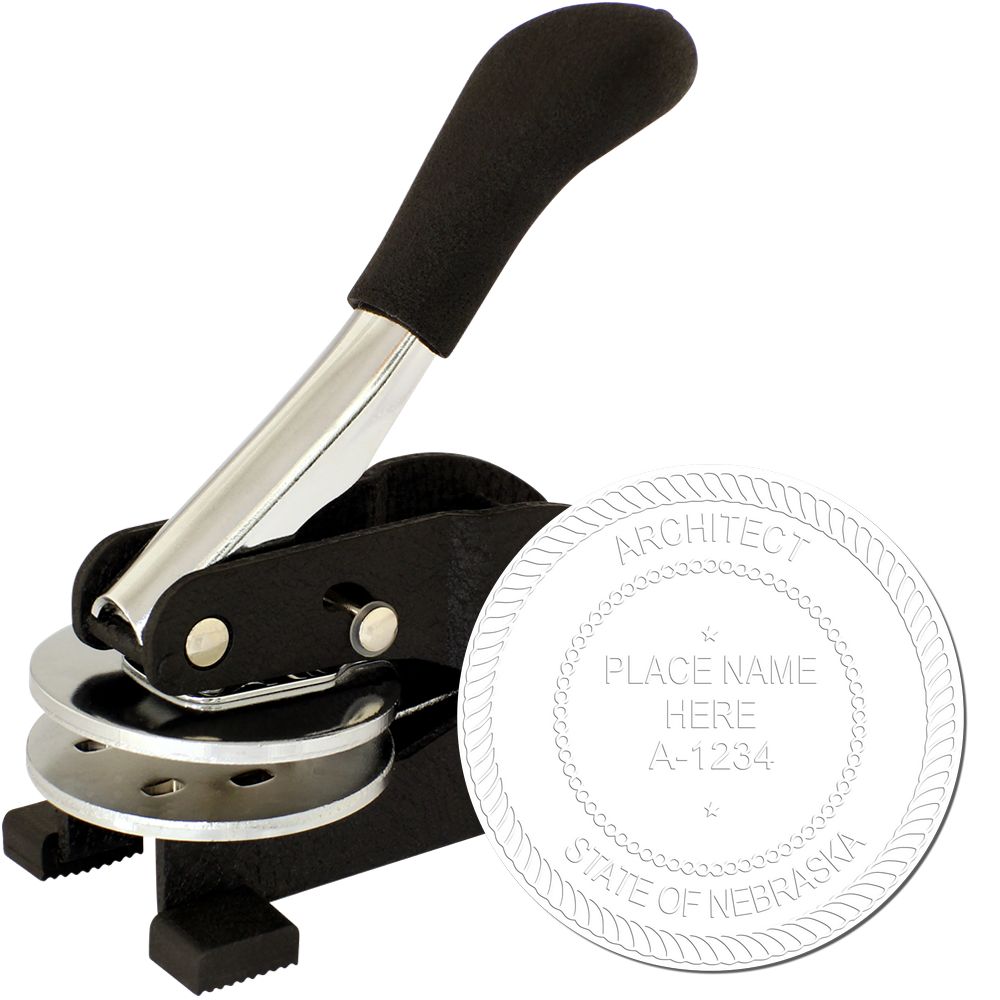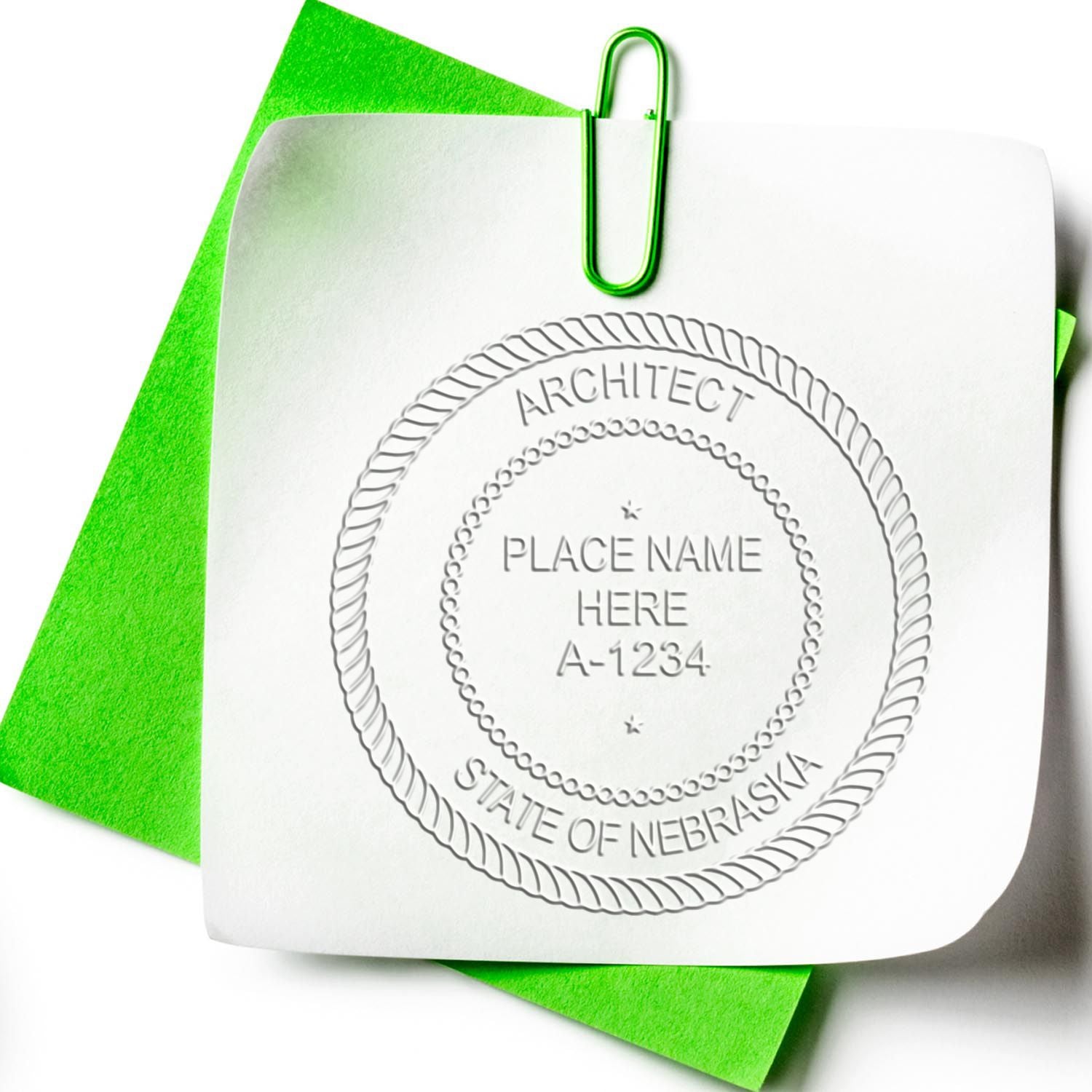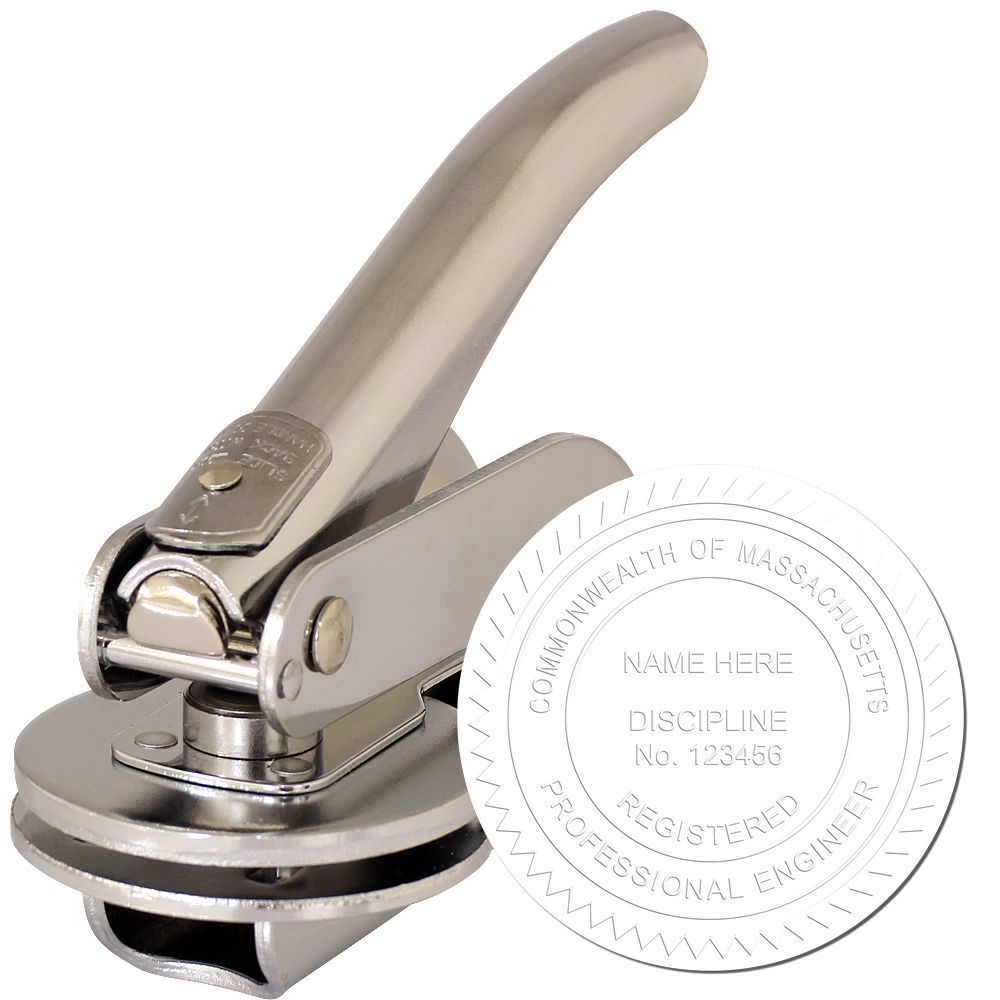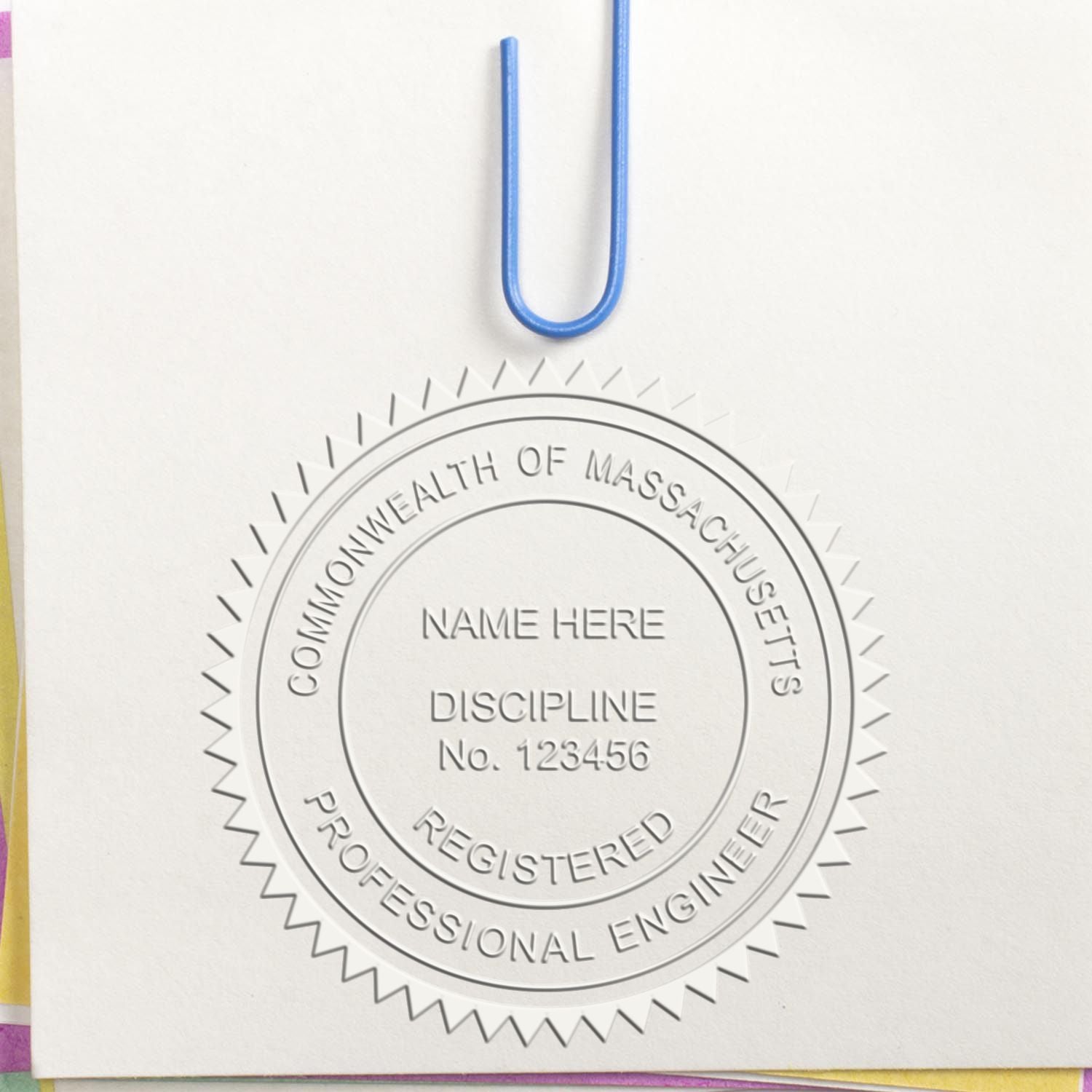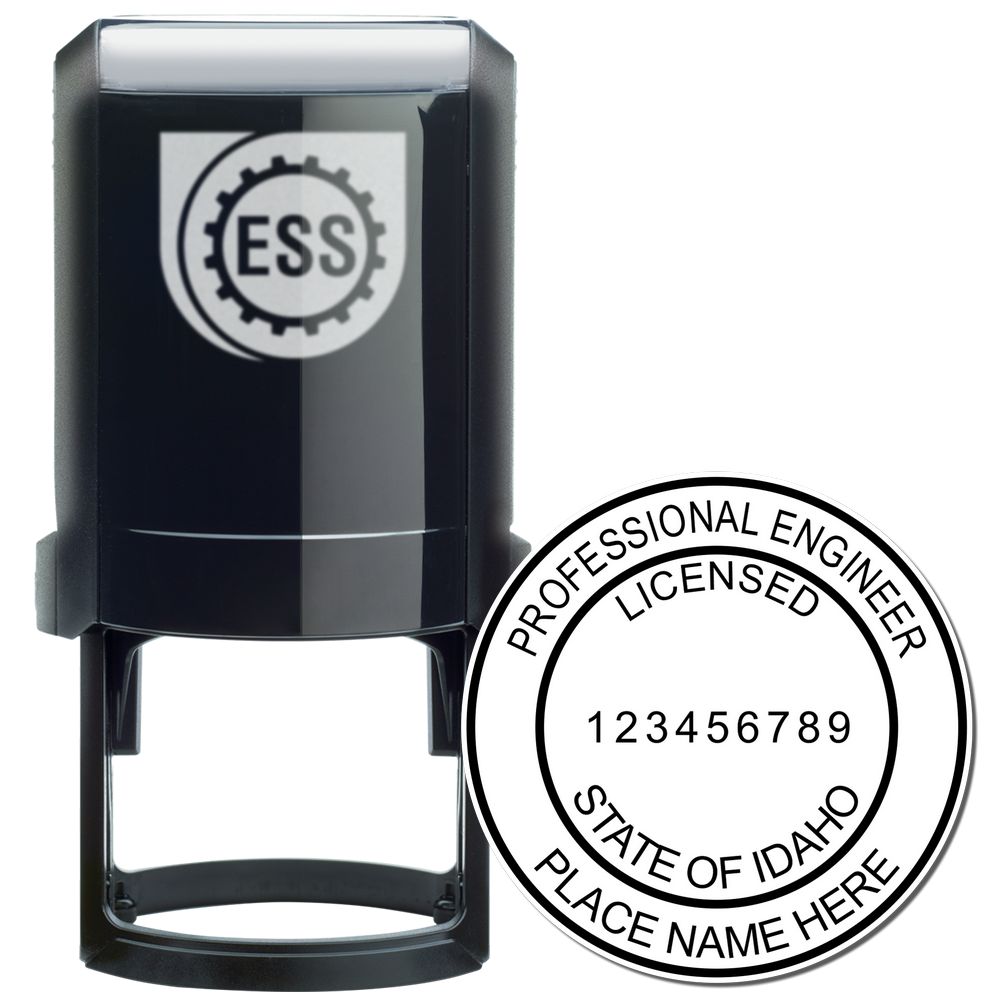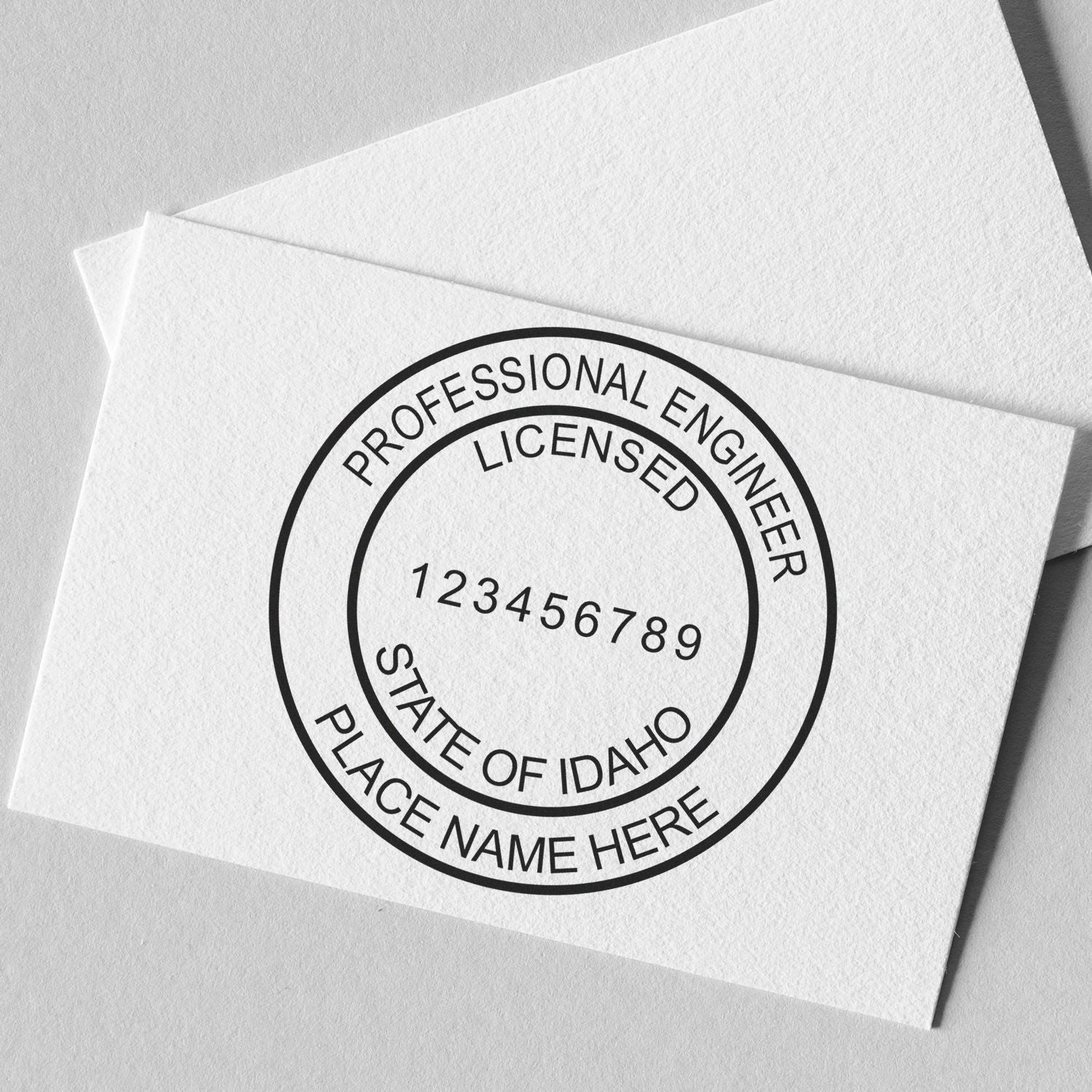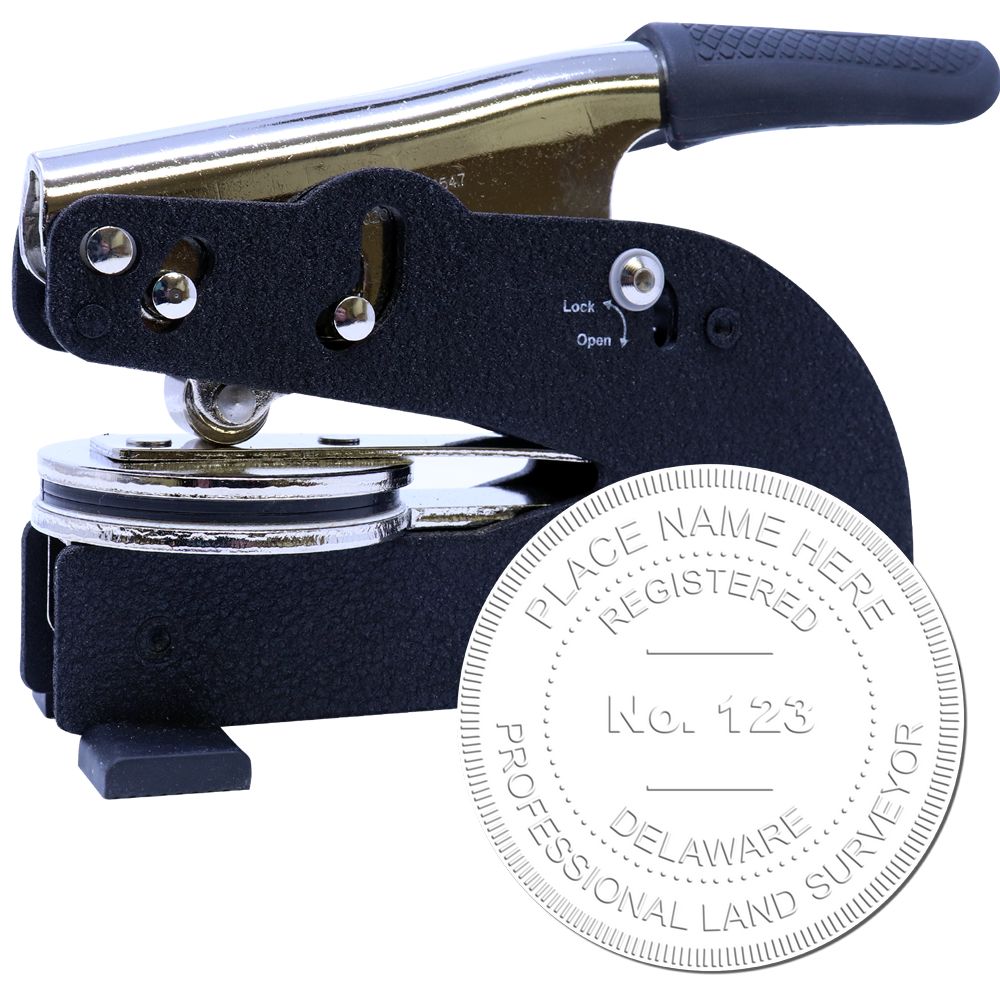Understanding Nebraska Architect Seals
Architect seals play a vital role in the architectural profession, serving as a mark of authenticity and professionalism. In Nebraska, architect seals are an essential requirement for architects practicing in the state. Understanding the importance of architect seals and the specific requirements in Nebraska is crucial for architects looking to comply with the regulations and standards set forth by the state.
Importance of Architect Seals
Architect seals hold significant importance as they signify that a design or document has been created, reviewed, and approved by a licensed architect. These seals provide assurance to clients, regulatory bodies, and the public that the architectural work complies with the necessary codes, regulations, and professional standards.
In Nebraska, the use of architect seals is mandated by the Nebraska Board of Architects. By affixing their seal to architectural plans, drawings, and other documents, architects demonstrate their professional accountability and commitment to meeting the required standards.
Nebraska Architect Seal Requirements
The Nebraska Board of Architects has established specific requirements for architect seals to ensure consistency and standardization across the profession. These requirements outline the design, content, and usage guidelines for architect seals in Nebraska.
To gain a comprehensive understanding of the specific requirements for Nebraska architect seals, architects should refer to the official guidelines provided by the Nebraska Board of Architects. Our article on nebraska architect stamp guidelines provides detailed information on these requirements.
By adhering to the established Nebraska architect seal requirements, architects can maintain professional credibility and ensure compliance with the state's regulations. It is important to note that the design and content of architect seals can vary by state, so it is crucial to familiarize oneself with the specific requirements of the jurisdiction where one practices.
In the following sections, we will explore the requirements and considerations for obtaining, using, and maintaining architect seals in Nebraska. By understanding these aspects, architects can confidently navigate the process of acquiring and utilizing their architect seals in compliance with the state's regulations.
Requirements for Nebraska Architect Seals
To ensure compliance with the regulations set forth by the state of Nebraska, architects practicing in the state are required to obtain and use an architect seal. Understanding the requirements for obtaining and using a Nebraska architect seal is essential for architects practicing in the state.
Architectural Licensing in Nebraska
Before an architect can obtain a Nebraska architect seal, they must first obtain the necessary architectural license from the Nebraska Board of Architects. The licensing process involves meeting specific education, experience, and examination requirements to demonstrate competency in the field of architecture. Architects must also adhere to the rules and regulations established by the Board to maintain their license.
Architects who have successfully obtained their architectural license in Nebraska are then eligible to apply for an architect seal.
Designation and Authorization
In Nebraska, the architect seal holds significant importance as it serves as a representation of the architect's professional standing and authorization to practice architecture in the state. The seal is a visual symbol that signifies the architect's responsibility and accountability for the plans, specifications, and documents they produce.
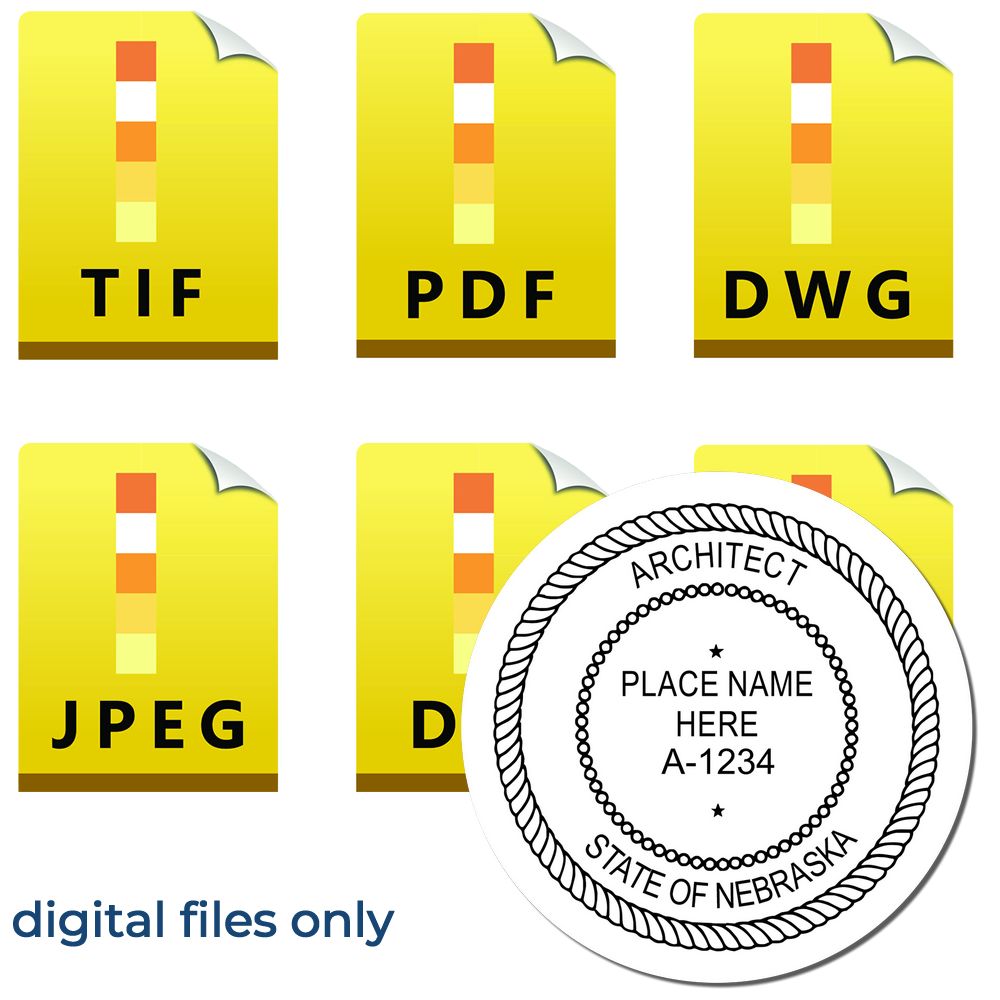
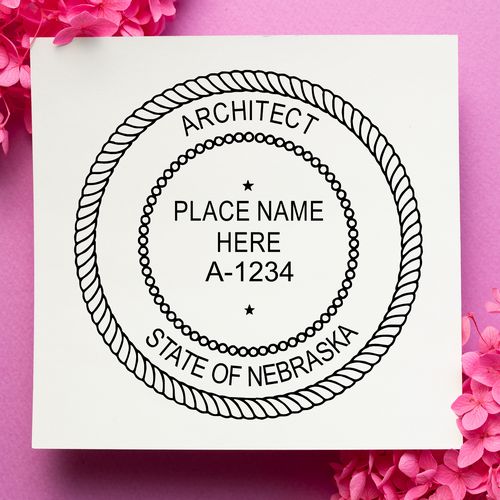
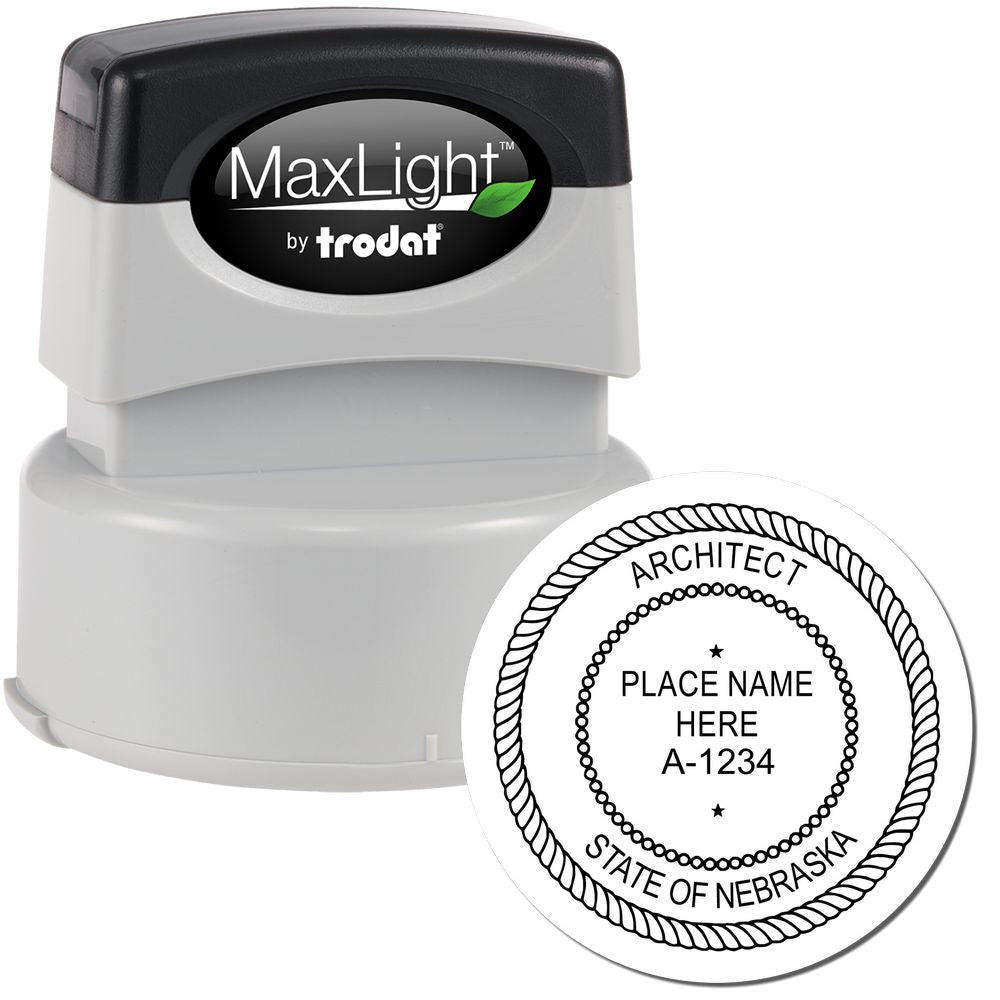
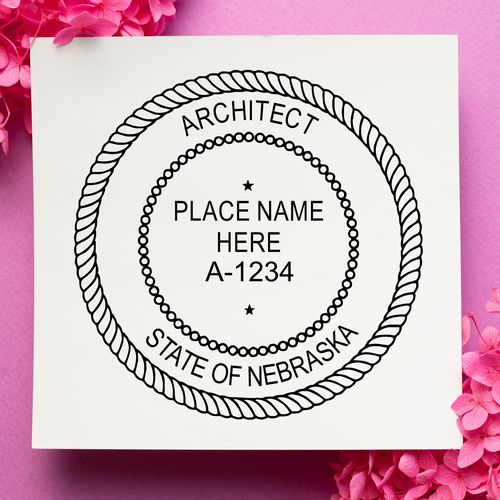
To be authorized to use an architect seal in Nebraska, architects must ensure that their seal meets the specific design and content requirements outlined by the Nebraska Board of Architects. These requirements are in place to ensure consistency, legibility, and authenticity of the architect's seal.
For detailed information on the specific design and content requirements for Nebraska architect seals, architects should refer to the guidelines provided by the Nebraska Board of Architects. Additionally, architects can consult reputable suppliers who specialize in providing architect seals that adhere to the state requirements. For more information on where to purchase Nebraska architect seals, check out our article on nebraska architect stamp suppliers.
By understanding and meeting the requirements for Nebraska architect seals, architects can confidently use their seal to authenticate their work and demonstrate compliance with the state regulations. Remember, using the architect seal in accordance with the legal requirements is crucial to maintain professional integrity and uphold the standards set by the Nebraska Board of Architects.
Design and Content of Nebraska Architect Seals
When it comes to Nebraska architect seals, there are specific guidelines regarding their design and content. These guidelines ensure that the architect seals meet the necessary standards and requirements set forth by the state. In this section, we will explore the size and shape specifications as well as the required information on the seal.
Size and Shape Specifications
Nebraska architect seals must adhere to certain size and shape specifications. The seal should have a circular shape with a diameter no smaller than 1 5/8 inches and no larger than 2 inches. The circular shape represents the official nature of the seal and distinguishes it as an authentic mark of a licensed architect. For more detailed information on the size requirements, you can refer to our article on Nebraska architect stamp size.
Required Information on the Seal
To meet the Nebraska architect seal requirements, specific information must be included on the seal. The following details are typically required:
-
Architect's Name: The full legal name of the architect should be clearly displayed on the seal. This ensures proper identification and authentication of the architect's work.
-
Architect's License Number: The architect's license number, issued by the Nebraska Board of Architects, must be prominently featured on the seal. This unique identification number confirms the architect's credentials and authorization to practice in the state.
-
The Phrase "Registered Architect" or "Architect": The seal should clearly indicate the architect's professional status by including either the phrase "Registered Architect" or simply "Architect". This further establishes the architect's legitimacy and expertise.
-
The State of Nebraska: The state name, "Nebraska," should be clearly indicated on the seal. This signifies that the architect is licensed to practice in Nebraska and ensures compliance with state regulations.
It's important to note that the specific requirements for information on the seal may vary slightly depending on the guidelines provided by the Nebraska Board of Architects. Architects should refer to the official guidelines to ensure accurate and up-to-date information is included on their seals. For more detailed information on Nebraska architect seal guidelines, you can refer to our article on Nebraska architect stamp guidelines.
By following the size and shape specifications and including the required information on the seal, architects can ensure that their architect seals meet the standards set by the state of Nebraska. When it comes to purchasing Nebraska architect seals, architects should refer to reputable suppliers who offer products that comply with the state's requirements. For more information on suppliers, you can explore our article on Nebraska architect stamp suppliers.

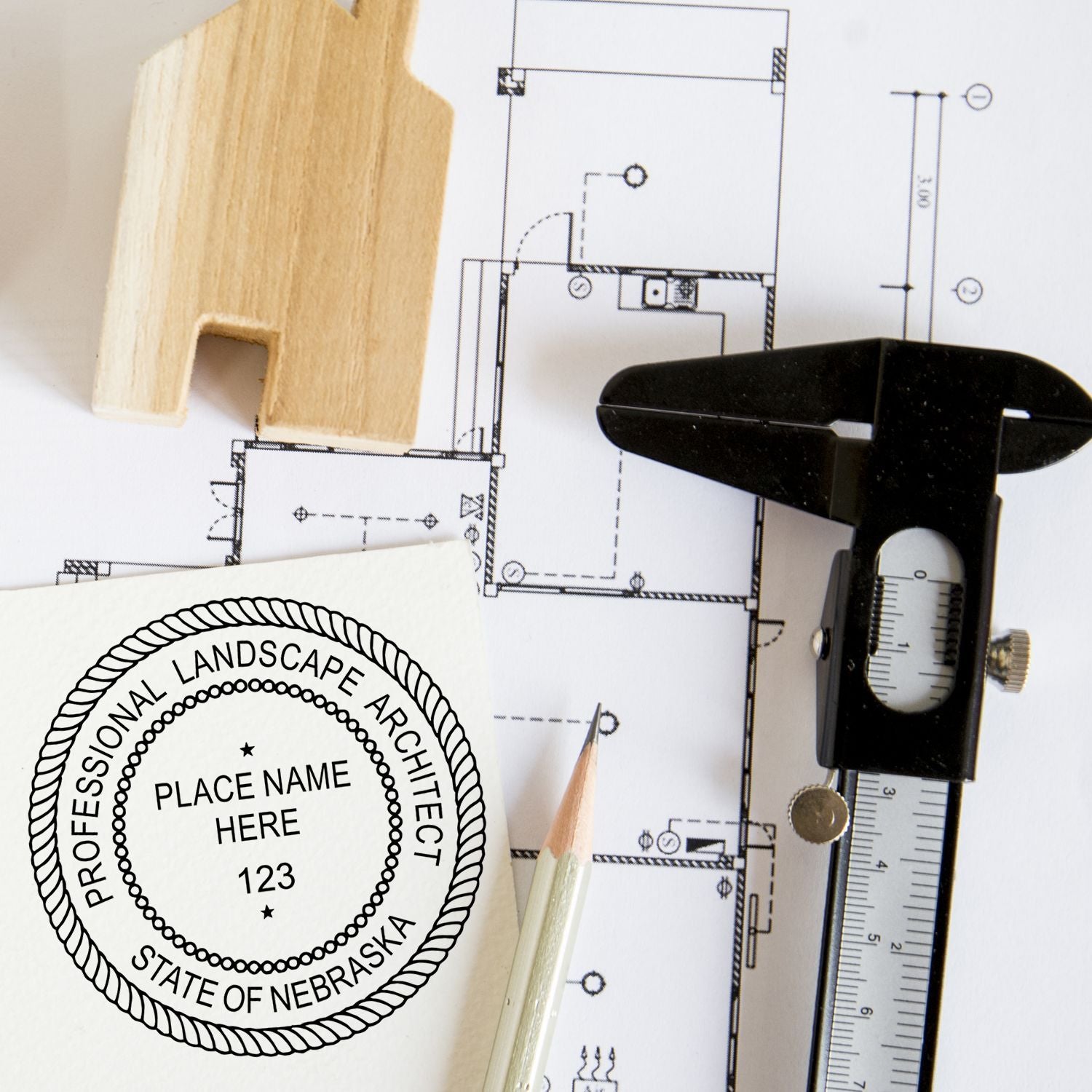

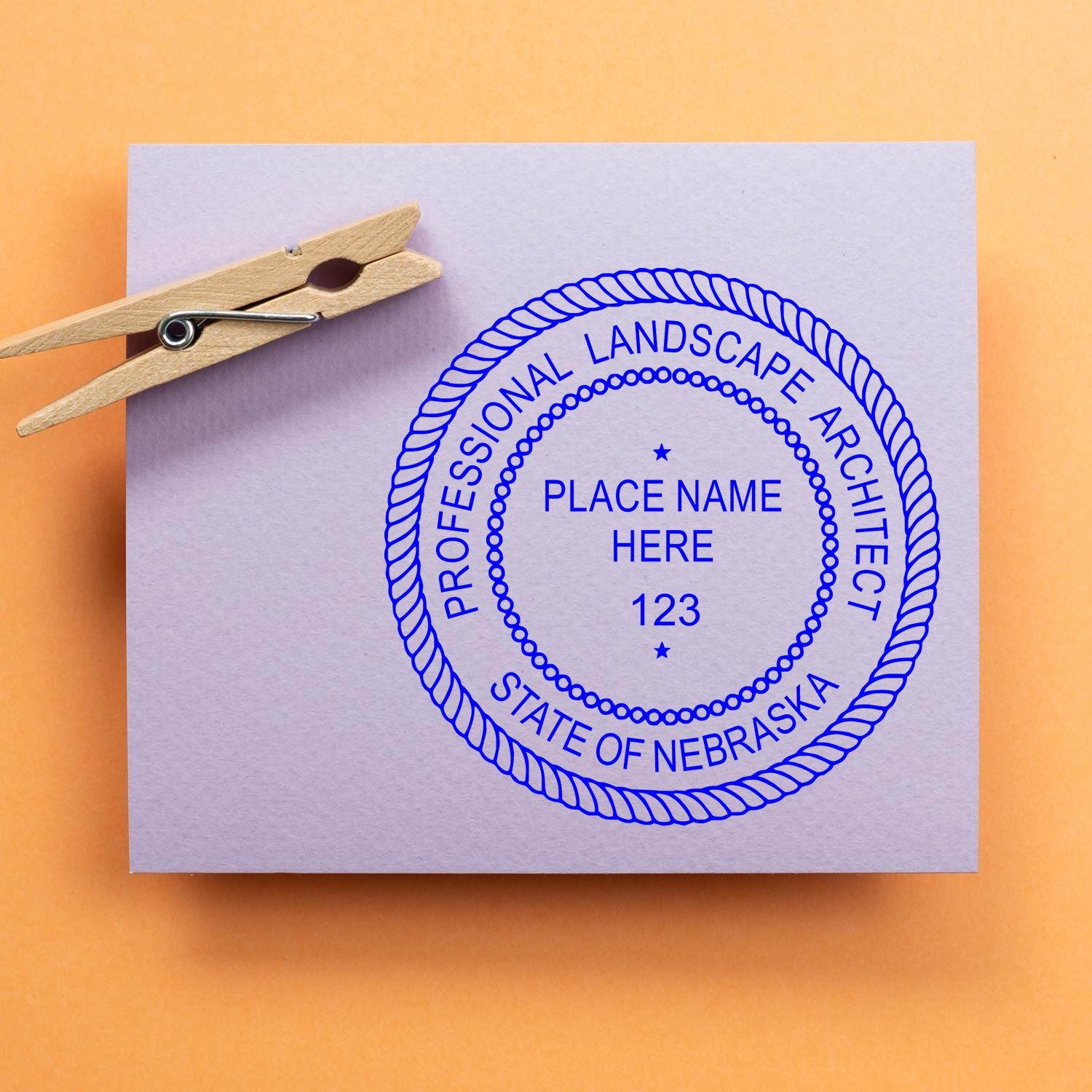
Obtaining a Nebraska Architect Seal
To practice architecture in Nebraska, architects are required to obtain an official Nebraska Architect Seal. This seal serves as a professional identifier and signifies that the architect is licensed to practice in the state. In this section, we will explore the application process and provide information on where to purchase Nebraska Architect Seals.
Application Process
The application process for obtaining a Nebraska Architect Seal involves a few key steps. Architects must ensure they meet the necessary requirements before proceeding with the application. These requirements typically include completing the required education, gaining professional experience, and passing the relevant licensing exams. For detailed information on the specific requirements, architects should refer to the official guidelines provided by the Nebraska Board of Architects.
Once the requirements are met, architects can begin the application process. This typically involves submitting an application form, along with the required supporting documents, such as educational transcripts, experience records, and examination results. Architects should ensure that all information provided is accurate and up-to-date to avoid any delays in the processing of their application.
After submitting the application, the Nebraska Board of Architects will review the materials and verify the architect's qualifications. This process may take some time, so architects are advised to be patient during this stage. Once the application is approved, architects will receive their license and can proceed with obtaining their Nebraska Architect Seal.
Where to Purchase Nebraska Architect Seals
When it comes to purchasing a Nebraska Architect Seal, architects have several options available to them. It is important to choose a reputable supplier that meets the necessary specifications and guidelines set forth by the Nebraska Board of Architects. These guidelines typically include requirements related to the size, shape, and content of the seal.
Architects can find Nebraska Architect Seals from various suppliers, both online and offline. It is recommended to choose a supplier that specializes in professional seals and has experience in providing architect seals that comply with the Nebraska requirements. For a list of reputable suppliers, architects can refer to our article on Nebraska Architect Stamp Suppliers.
Before making a purchase, architects should ensure that the supplier offers seals that meet the size and content specifications set by the Nebraska Board of Architects. These specifications ensure that the seal is legally compliant and meets the professional standards required in the state. For more information on the size requirements, architects can refer to our article on Nebraska Architect Stamp Size.
By following the proper application process and purchasing a Nebraska Architect Seal from a reputable supplier, architects can ensure that they are meeting the necessary requirements and adhering to the regulations set by the Nebraska Board of Architects. It is important for architects to use their seal responsibly and in accordance with the legal requirements outlined by the board. For more information on the legal requirements for seal usage, architects can refer to our article on Nebraska Architect Stamp Guidelines.
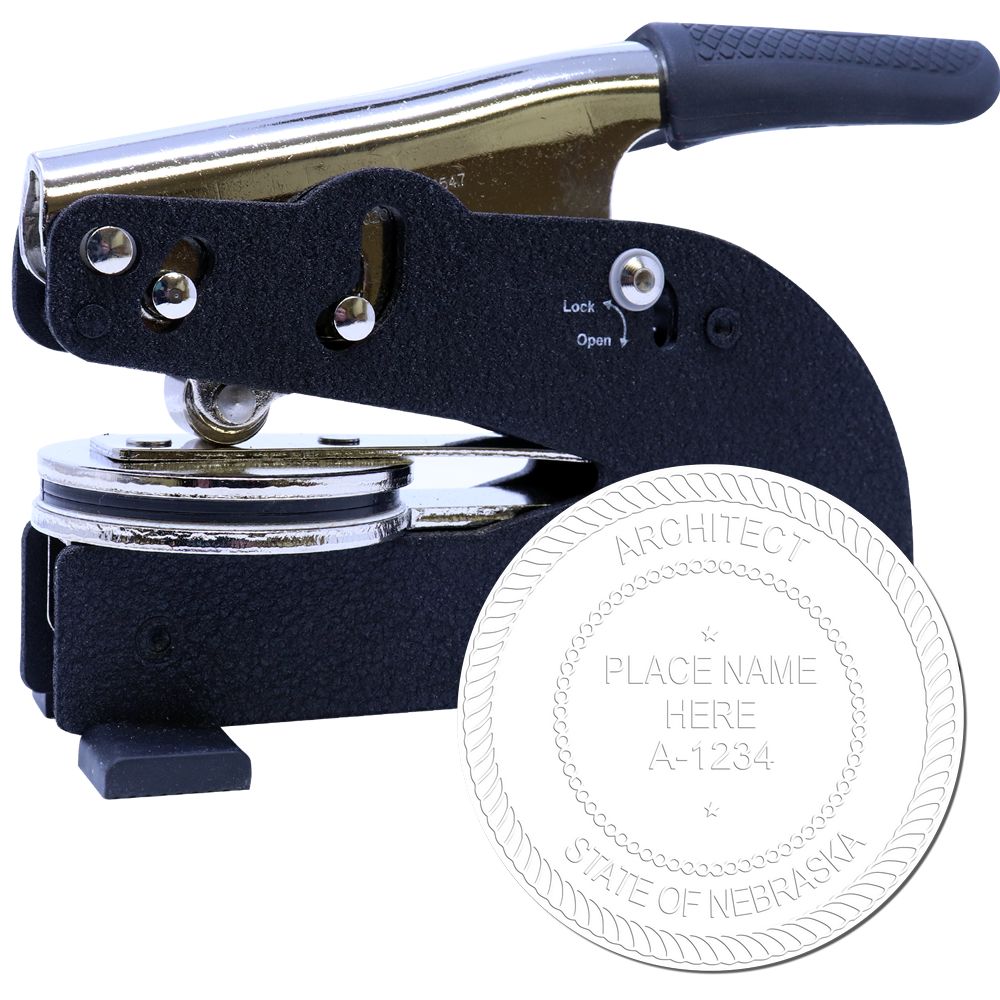
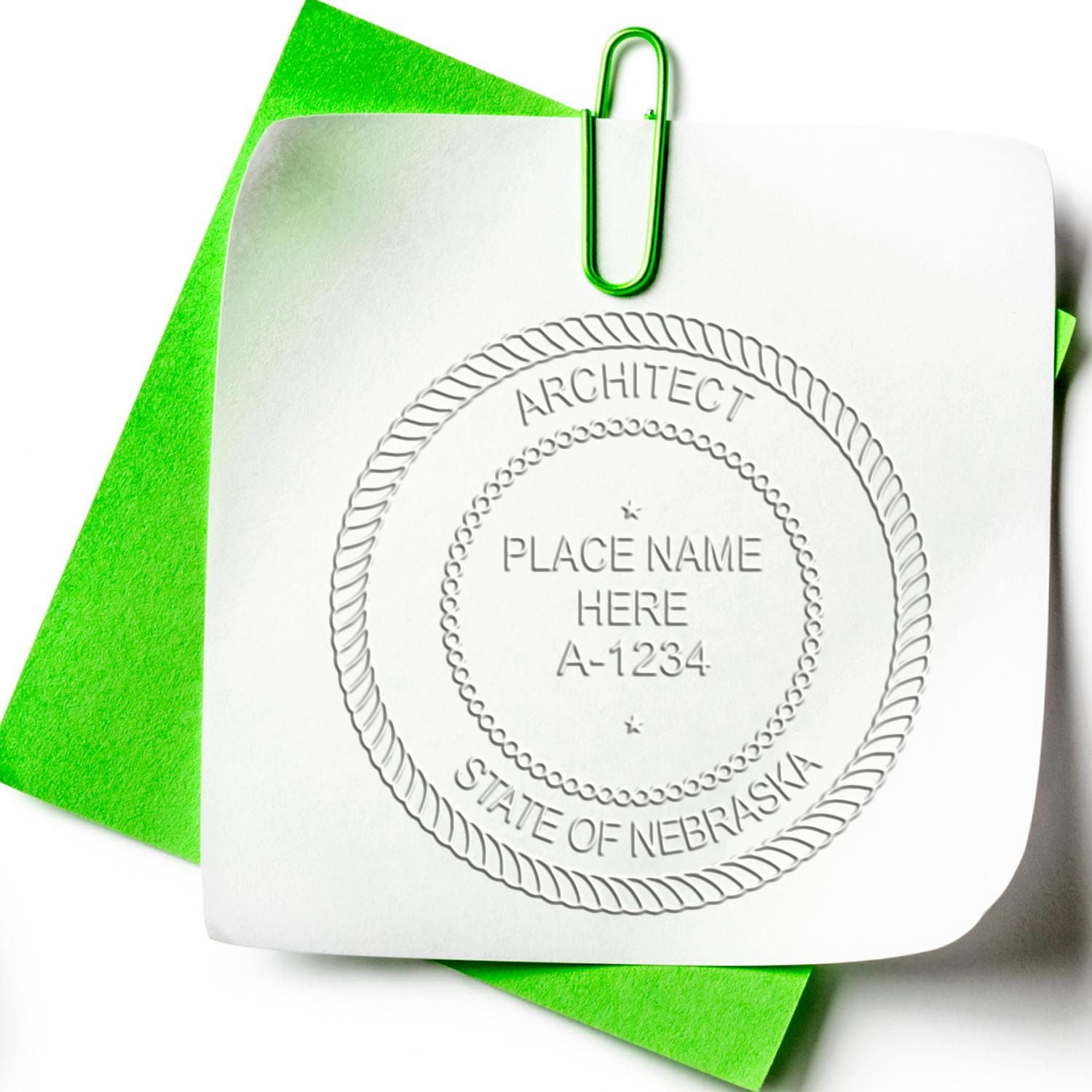
Proper Use and Maintenance of Nebraska Architect Seals
Once you have obtained your Nebraska architect seal, it's crucial to understand the legal requirements for its usage and the care and maintenance needed to ensure its longevity. Adhering to these guidelines will help you meet the necessary standards and responsibilities associated with using an architect seal.
Legal Requirements for Seal Usage
The use of an architect seal is subject to certain legal requirements in Nebraska. As an architect, you are required to affix your seal to all architectural drawings, specifications, and other professional documents that you prepare or approve. This ensures that your work is appropriately identified and authenticated.
The Nebraska Board of Architects regulates the use of architect seals and provides specific guidelines for their usage. It's important to familiarize yourself with these guidelines to ensure compliance. For more detailed information, consult the official website of the Nebraska Board of Architects.
Care and Maintenance of Architect Seals
Proper care and maintenance of your Nebraska architect seal are essential to preserve its quality and legibility. Here are some important considerations:
1. Storage: Store your architect seal in a safe and dry place when not in use. Protect it from extreme temperatures and direct sunlight, as these can cause damage to the seal.
2. Cleaning: Regularly clean your architect seal to remove any ink residue or debris. Use a soft cloth or cotton swab dipped in a mild cleaning solution to gently wipe the seal. Avoid using harsh chemicals or abrasive materials that could scratch or tarnish the seal.
3. Replacement: Over time, the impression quality of your architect seal may deteriorate due to wear and tear. If you notice any loss of legibility or inconsistency in the seal impression, it is advisable to replace it promptly to maintain professional standards. Check with reputable nebraska architect stamp suppliers for options.
4. Stamp Pad Maintenance: If you are using an ink-based architect seal, ensure that the stamp pad remains sufficiently inked. Periodically check the ink level and replenish it as needed. Avoid over-inking, as this can lead to smudging and poor quality impressions.
Remember, the proper use and maintenance of your Nebraska architect seal not only demonstrate your professionalism but also contribute to the integrity of your work. Stay informed about any updates or changes in the guidelines to ensure you are always in compliance.
For more information on nebraska architect stamps and nebraska architect stamp guidelines, visit our articles on nebraska architect stamps and nebraska architect stamp guidelines.
About ESS
At Engineer Seal Stamps, or ESS, we intertwine craftsmanship with commitment. As esteemed makers of custom rubber stamps, professional seals, and notary stamps, we pride ourselves on delivering products that stand as a testament to our dedication to quality. But our distinction lies in our approach to service: our unwavering commitment to stellar customer service ensures that every interaction, every detail, and every product is meticulously handled with you in mind. Furthermore, we confidently stand behind our products, offering a state board guarantee on our entire range. With ESS, you're not just making a purchase; you're investing in reliability, precision, and a legacy of unparalleled service.

